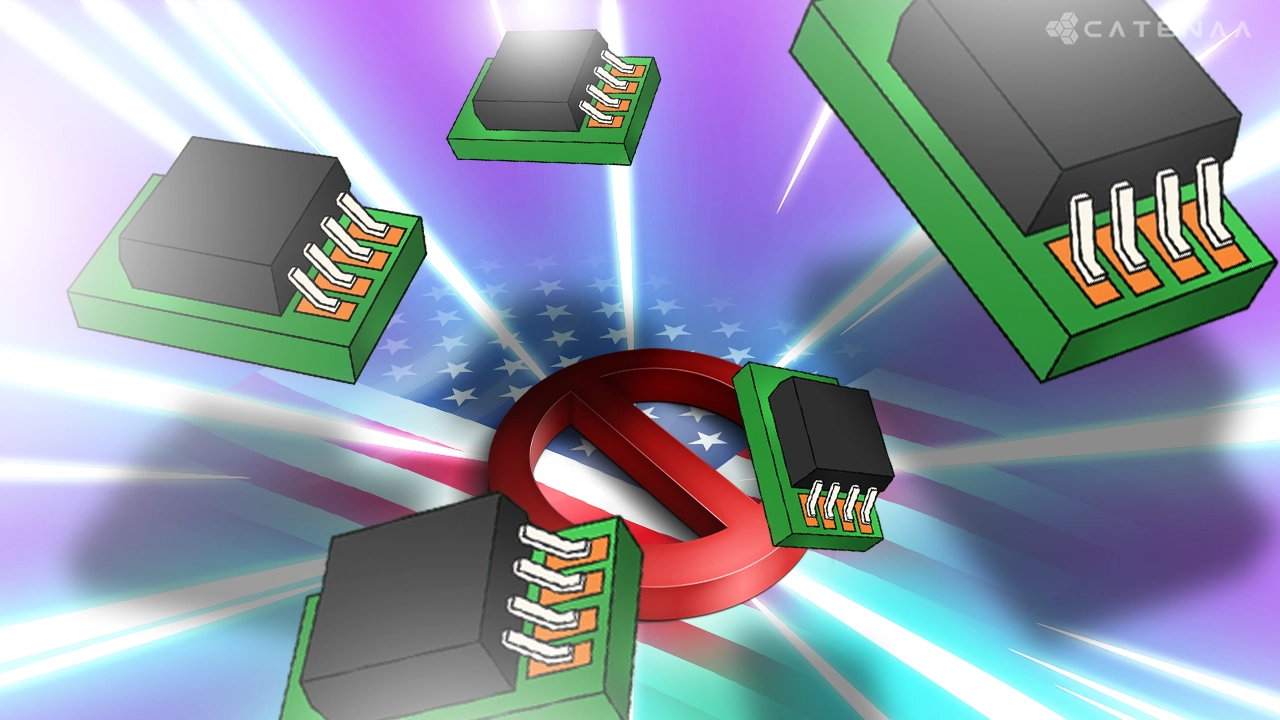Catenaa, Thursday, July 03, 2025- US has lifted recent export license requirements imposed by the Trump administration for chip design software sales in China, as part of the deal between Washington and Beijing.
The US Commerce Department informed the world’s three leading semiconductor design software providers, Synopsys Inc., Cadence Design Systems Inc. and Germany’s Siemens AG, that requirements to seek government licenses for business in China are no longer in place, according to company statements.
Siemens has restored full access to its software and technology for Chinese customers, the company said, while Synopsys and Cadence said they’re in the process of resuming such services in the Asian country.
White House officials cracked down on EDA sales to China in May as part of a raft of measures responding to Beijing’s limits on shipments of essential rare earths.
Under a trade agreement finalized last week, Washington promised to allow shipments of EDA software, as well as ethane and jet engines, to China, provided Beijing first honor its pledge to speed export approvals for critical minerals used in everything from wind turbines to airplanes.
The move to lift EDA curbs is a sign that the accord reached in London, which would bring the countries back to the terms of a deal struck the previous month in Geneva, is indeed being implemented.
In addition to chip software sales, the US last week allowed makers of a critical petroleum product to transport, but not yet unload, gas tankers to Chinese ports.
When the EDA controls were first imposed, industry officials saw little reason to question whether they’d stick. The US for years used export controls to limit China’s access to advanced chips and the equipment needed to make them, to prevent Beijing from developing advanced AI that could benefit its military.
Expanding that campaign to encompass EDA software used to design everything from high-end Nvidia Corp. and Apple Inc. processors to simple parts like power-regulation components was a longtime priority for some China hawks in Washington.
And the Trump administration had just shown it would intensify China chip curbs by tightening restrictions on Nvidia’s sales.


